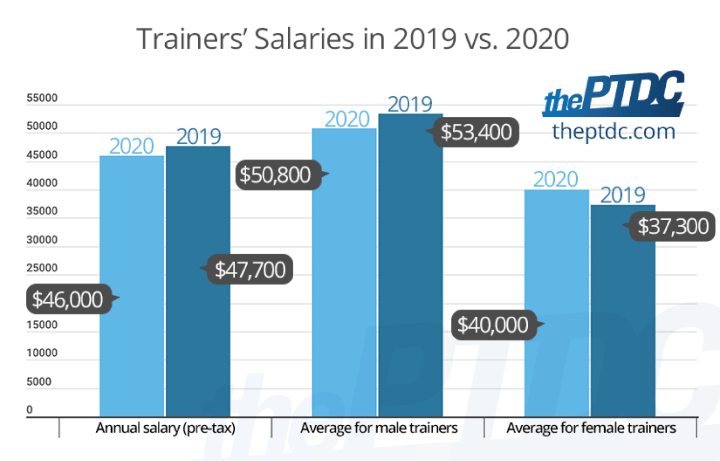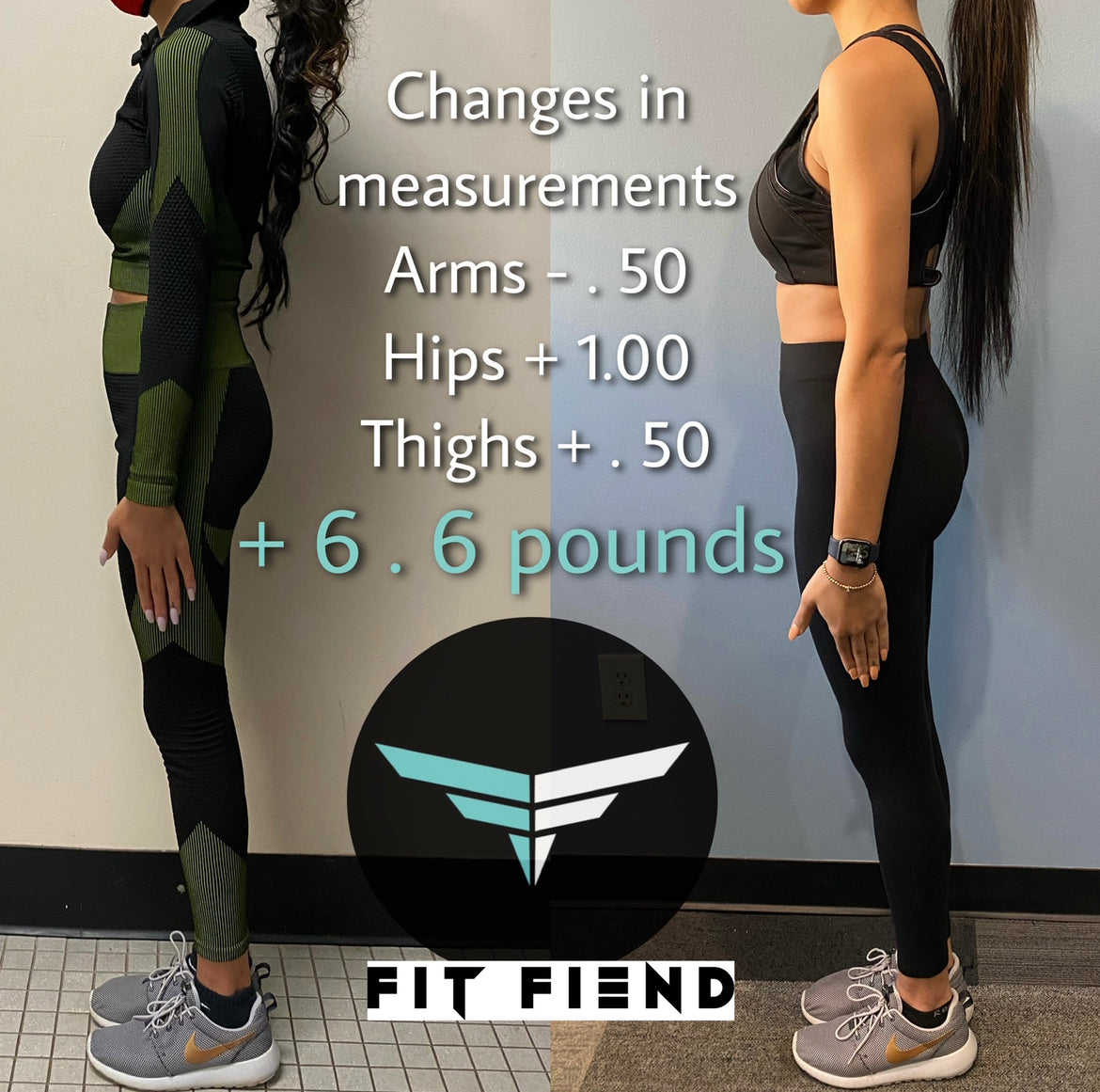
Fit After 50 is an exercise program for men who are over 50. Developed by fitness expert Mark Mcilyar, Fit After 50 is a proven method to increase your physical fitness and extend your functional abilities. Mcilyar is 57 years of age and has been helping men for over a decade to increase their exercise effectiveness and lower their T levels.
HIIT
HIIT is for men over 50. It's a workout that burns calories and gets the heart pumping. This type of workout is ideal for older men because their heart and metabolism slow down as they age. This is a great way for flexibility and to prevent injury. It is great for relieving pains like heel and joint pain.
This exercise is beneficial for all ages and fitness levels. It involves alternating short bursts of intense activity and rest periods. Numerous studies have shown it improves your overall health and reduces signs of aging. It can help to tone the skin.

Training in full body strength
Men over 50 should take a more targeted approach to training their bodies. This means you need to focus on isometrics, bilateral exercise, and slow tempos. Safety should also come first. Limit workouts to four- to five exercises per week. Over-50 men should be focusing on maintaining a strong, healthy body instead of flat abs.
To get the best out of full body strength training, it is essential to do your exercises correctly. Each exercise must be done correctly to avoid joint damage and pain. For example, deadlifts and squats should be done with the knees at 90 degrees. Exercises that strengthen your stabilizing muscle are important for balance and functionality. Do not use barbells - dumbbells are better than bars. You will feel lighter and your body will be able to use its joint stabilizers.
Pilates
Pilates is a good exercise for men of all ages. But it's especially beneficial for men in their 50s. It helps men achieve greater flexibility and ease in their daily lives. It is low-impact, which means that men over 50 need not worry about discomfort or pain. It can also help men to reduce their chances of getting prostate cancer.
Pilates is designed for small muscles to strengthen your joints. These are the benefits that many male athletes get from Pilates. LeBron James, a NBA star, famously tweeted a photo of him working out on the Pilates Reformer during 2012 Summer Olympics.

Yoga
Yoga is a great way to keep your body in shape and feel great. Yoga is a type of exercise that involves deep breathing and strengthening your muscles. You can adjust the poses to suit you and your health. Yoga is an excellent way to maintain strength and flexibility without putting undue stress on the joints.
Yoga can benefit men suffering from osteoporosis. It increases bone density. Yoga can also increase flexibility and balance which can help prevent fractures. Many poses for men older than 50 emphasize strengthening the abdominal muscles. This will increase core stability, balance, and strength. It can also prevent injuries from poor posture.
FAQ
What should I eat before I work out?
No. You don't have to eat before you start working out. But if you're feeling hungry after exercising, you may be tempted to snack on light foods like yogurt or fruit.
How many hours should I sleep each night?
The recommended amount of sleep varies depending on age, gender, and individual needs. Most adults require between 7 and 9 hours of sleep each night. Teenagers and children typically need about 10 hours of sleep per night, but this number decreases as they grow older.
Are there exercises I shouldn’t perform?
Before beginning any new workout program, consult your doctor. You may have injuries or other medical conditions that prohibit you from exercising in certain ways. You may also need special equipment or training for certain activities. Swimming requires you to have a swimsuit and access to the pool.
When I exercise, should I consume alcohol?
It is important to limit your alcohol intake while you are working out. It is possible to increase your endurance by drinking moderate amounts of alcohol (one glass per day). It may reduce fatigue and muscle soreness from intense exercise.
Statistics
- An estimated 110,000 deaths per year could be prevented (cdc.gov)
- In 2018, the World Health Assembly agreed on a global target to reduce physical inactivity by 15% by 2030 and align with the Sustainable Development Goals. (who.int)
- According to the Centers for Disease Control and Prevention, chronic diseases cause 7 out of 10 deaths in the U.S., and treating chronic diseases accounts for 86% of U.S. healthcare costs. (mana.md)
- Globally, 81% of adolescents aged 11-17 years were insufficiently physically active in 2016. (who.int)
External Links
How To
How to burn belly fat faster
When we are trying to lose weight, belly fat is often seen as a problem. But if you think about it, Belly Fat is actually a good thing. Your organs are protected by the fat around your stomach. Let's look at how to rapidly lose belly fat.
Lack of exercise and stress are the main reasons we store body fat. Because of its stimulation of the production hormone cortisol, stress can make us feel hungry continuously. Cortisol raises insulin levels. Insulin then stores excess calories as fat. The release of adrenaline from our bodies causes increased appetite. These extra calories can easily be lost through exercise.
There are many methods to lose belly fat. You can try any one of them depending upon your budget. These are some ways to quickly lose belly fat.
-
Reduce your food intake. Instead of eating three large meals per day, try to eat smaller meals. You'll eat fewer calories this way.
-
Make sure you drink plenty of water. Water flushes out toxins from your body and keeps you hydrated. You won't overeat if you drink water before you eat.
-
Avoid snack foods that are unhealthy. If you're looking for quick fixes, snack foods like chips, cookies, candies, etc. This might be tempting. These sweet treats can be tempting, but they are high in empty calories and sugar. Choose healthy alternatives like fruits and vegetables, nuts, seeds, whole grains, and seeds.
-
Strength training should be done at least three times per week. Strength training helps build muscle mass, which means that you can burn more calories even when you are resting. Strength training strengthens bones, muscles and ligaments. It can also improve the heart, lungs, joints, and other body systems.
-
Walking or stretching is a good habit to do regularly. Stretching improves flexibility and mobility which can reduce back pain. Walking is great for burning calories.
-
Reduce alcohol intake. Reduce alcohol intake. Alcohol is a waste of calories and has no nutritional value.
-
Slowly lose weight. Finding out your current weight is the first step in losing weight. Calculate your ideal weight by adding approximately 5% to 10% of the total weight. Once you have calculated your target weight, start reducing calorie consumption by 500-1000 calories daily until you reach your goal.
-
Avoid processed foods. These foods have high amounts of salt, sugar, and preservatives. While processed foods can be convenient, they don't offer enough nutrients to ensure your health.
-
Don't skip breakfast! Eating breakfast improves concentration, memory, and energy level. Breakfast should include protein (like eggs), fiber (like oats), and complex carbohydrates (like oatmeal).
-
Have regular bowel movements. Gas and bloating can result from irregular bowel movements. You can prevent this by drinking lots of water and increasing your fiber intake.